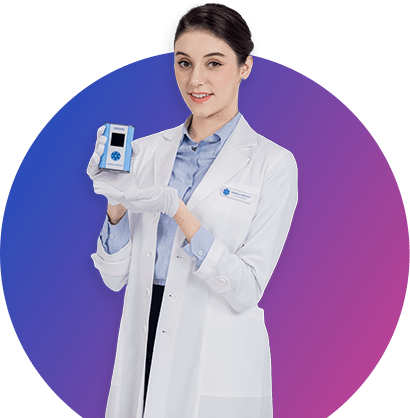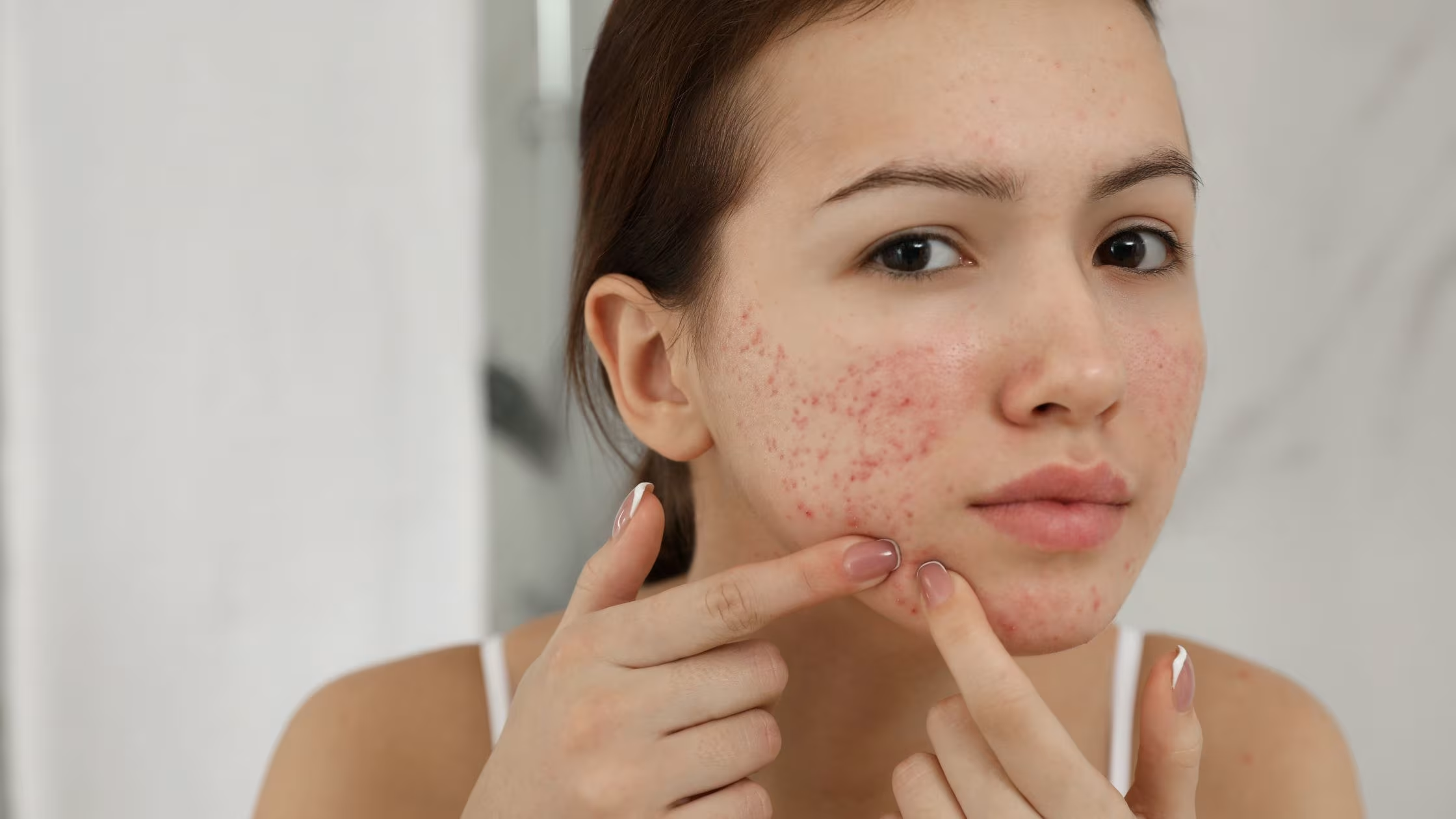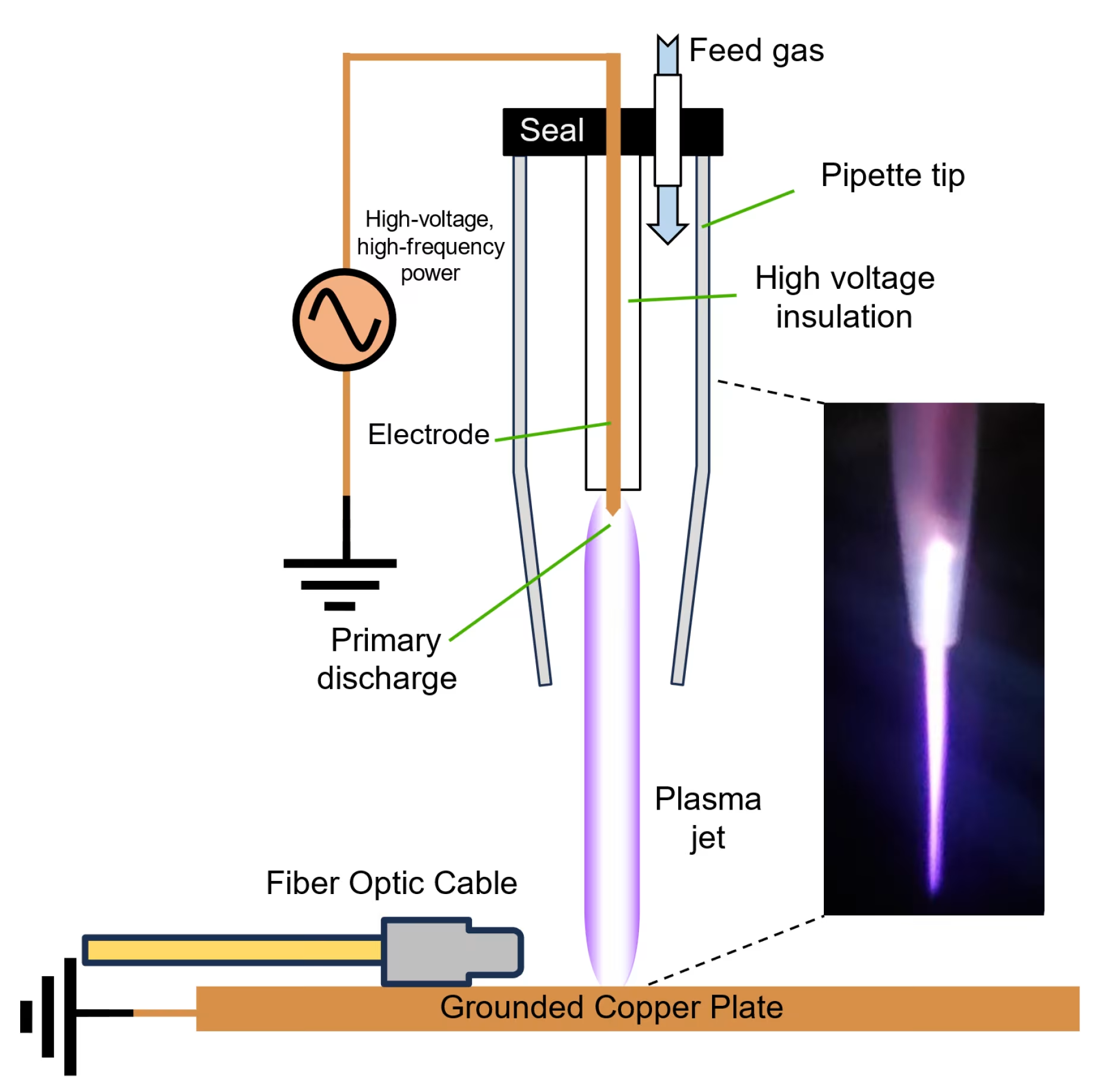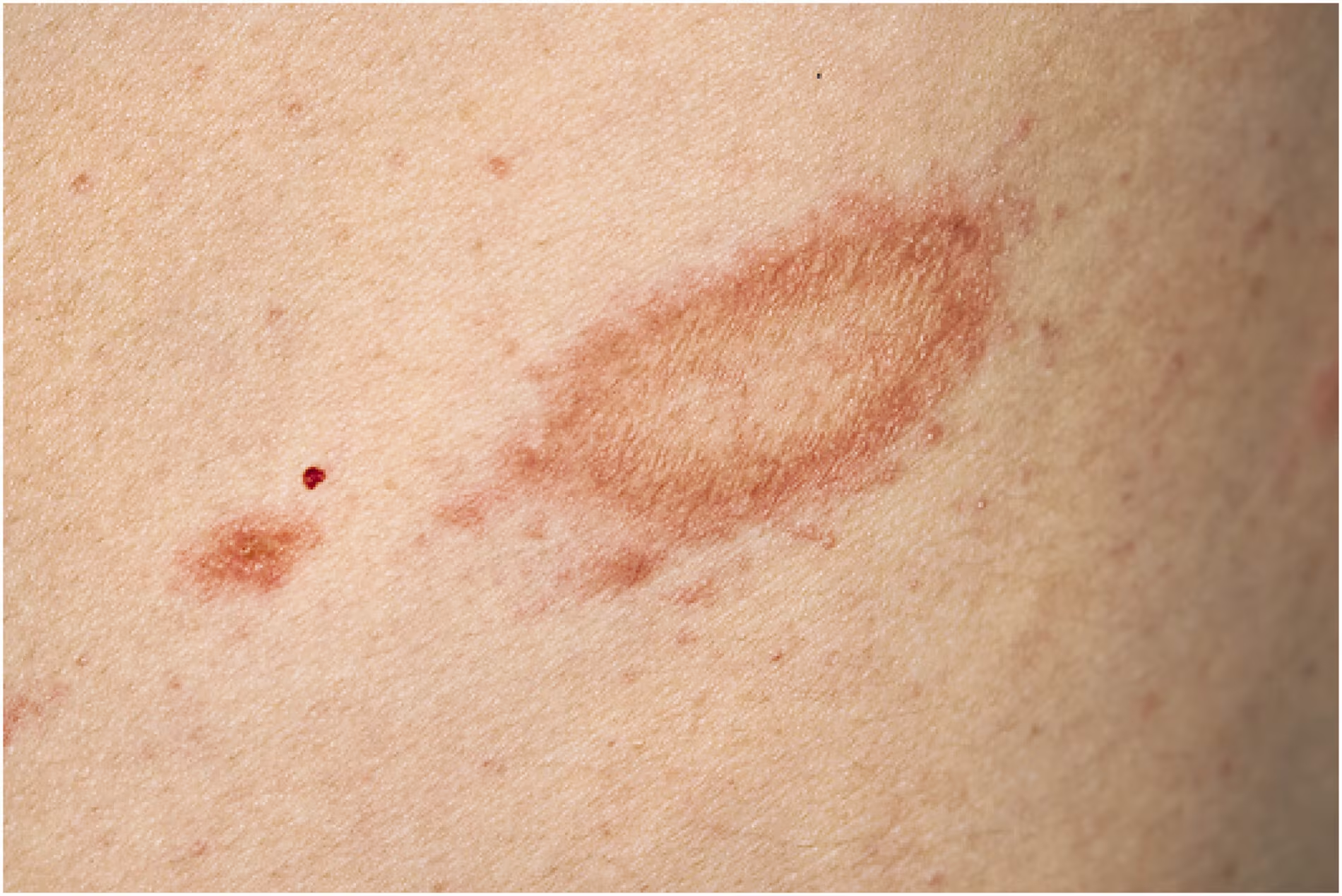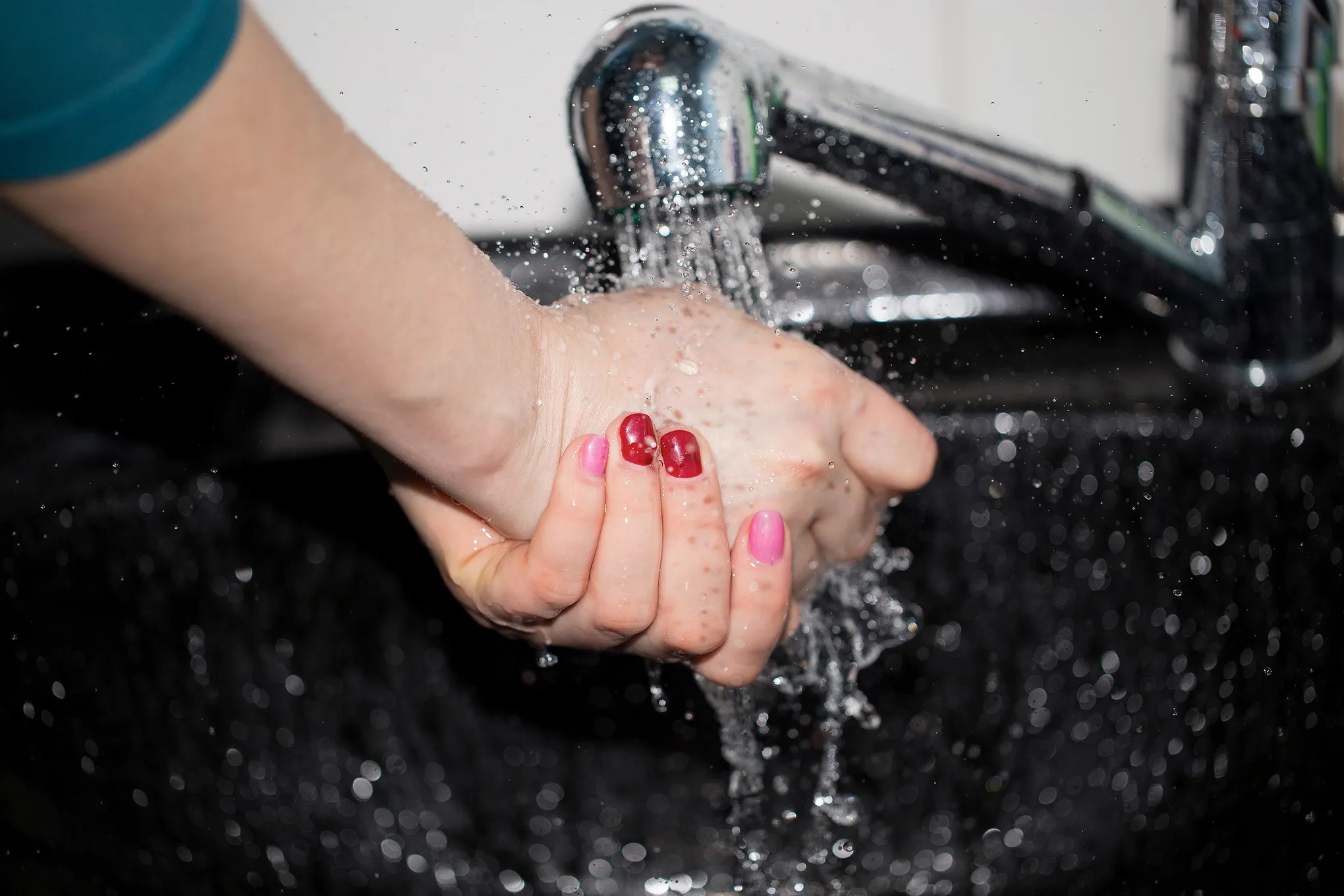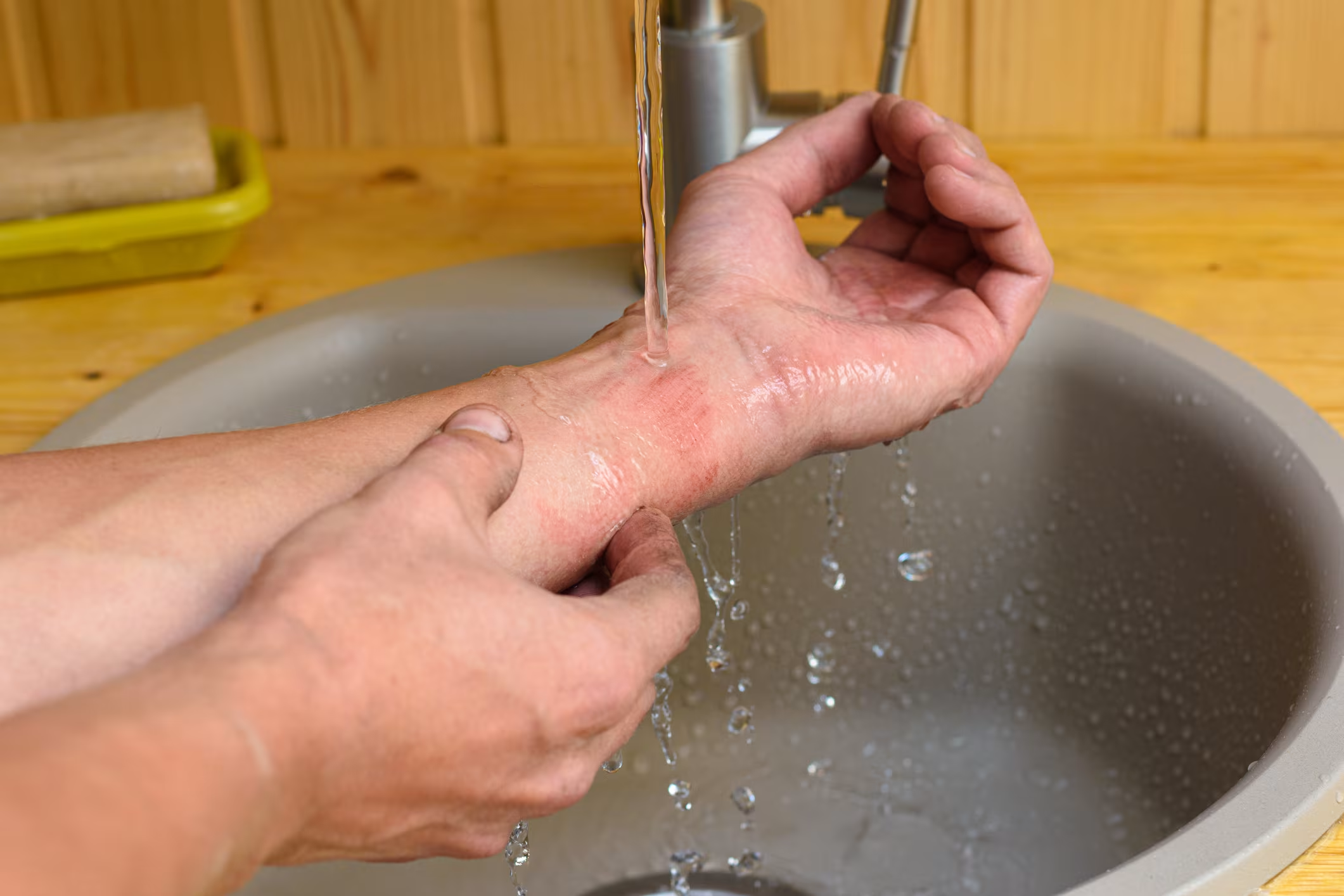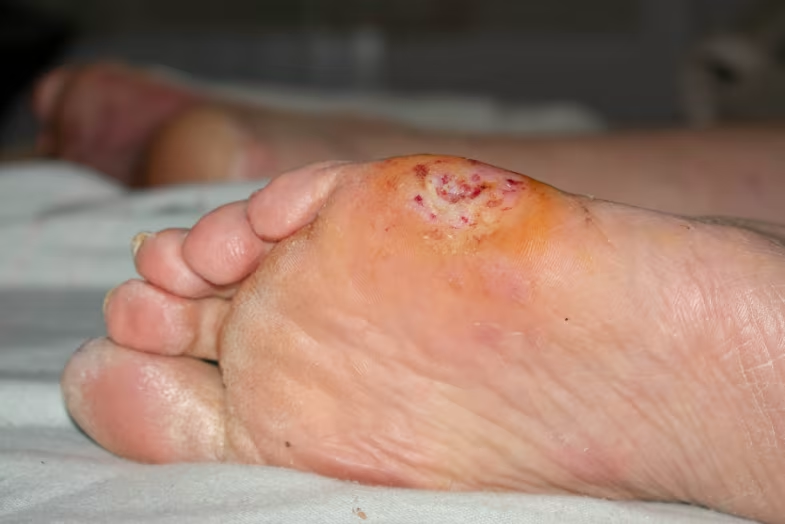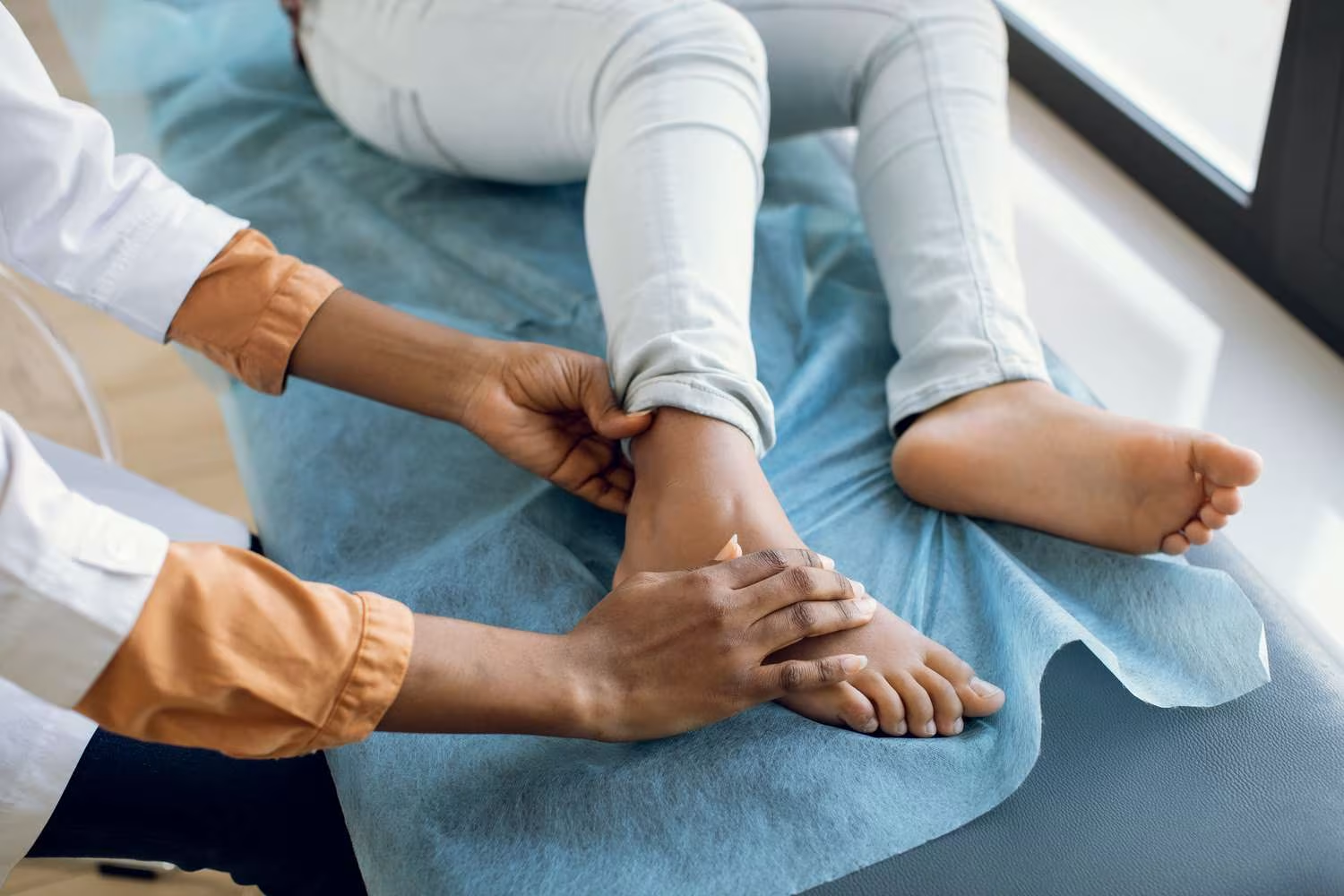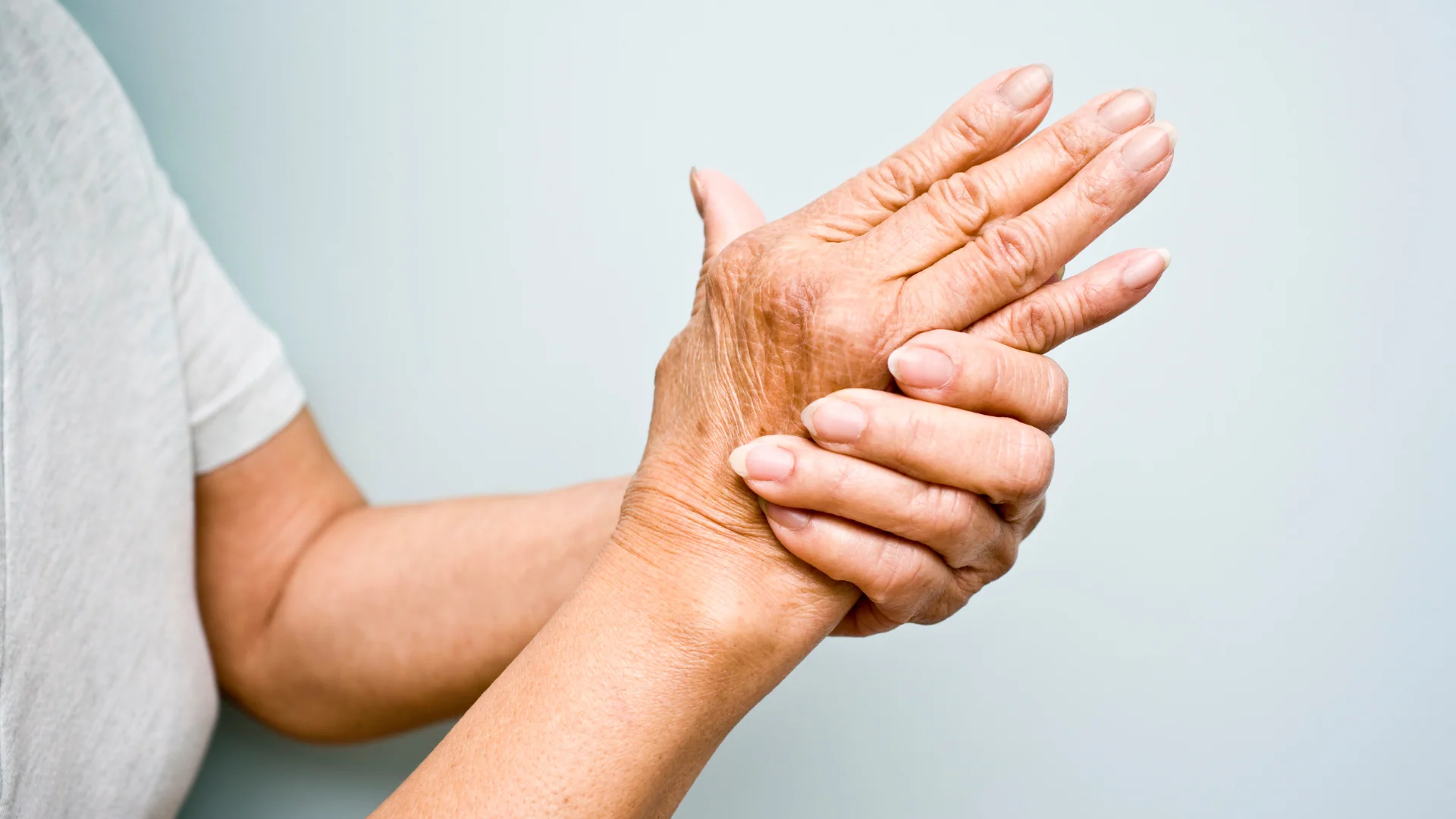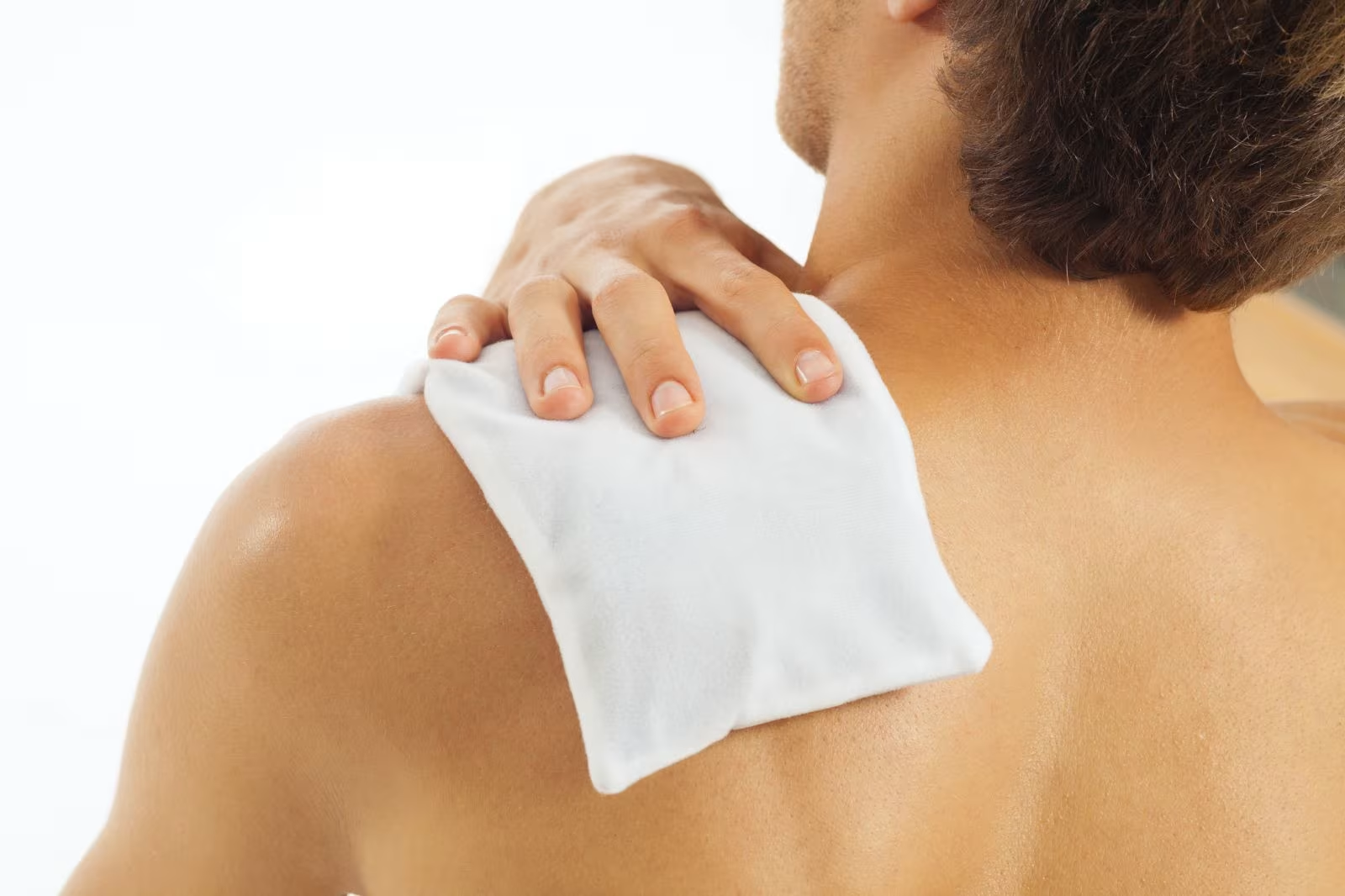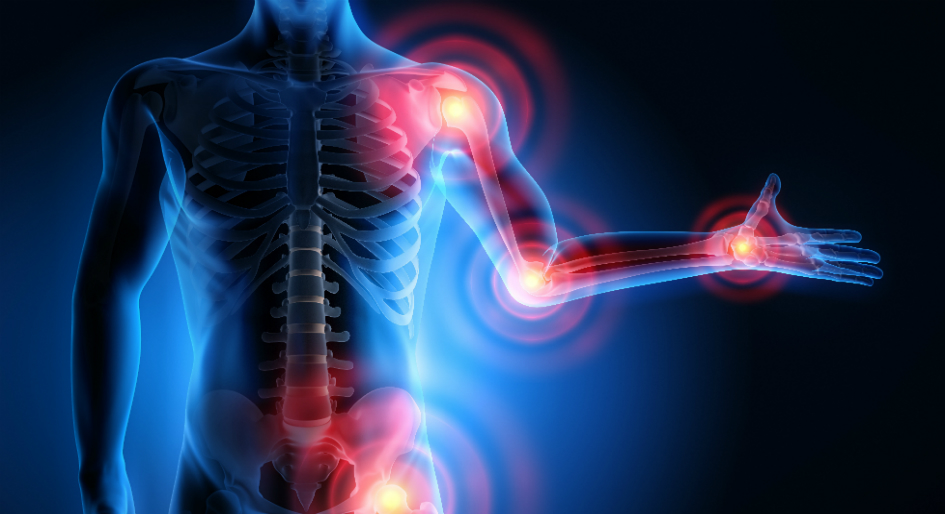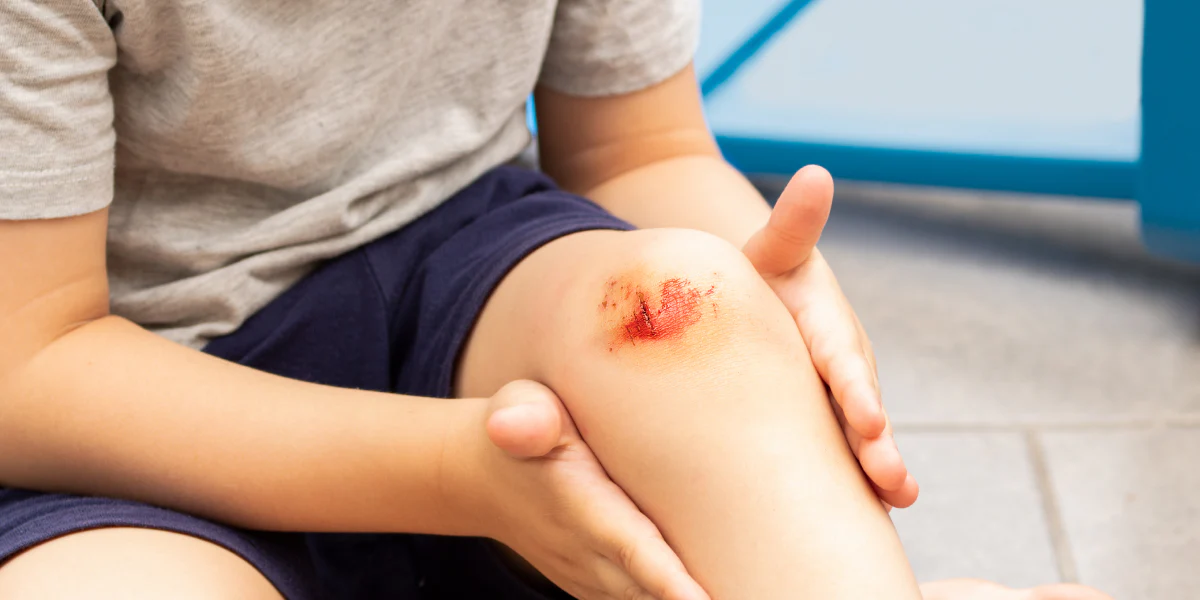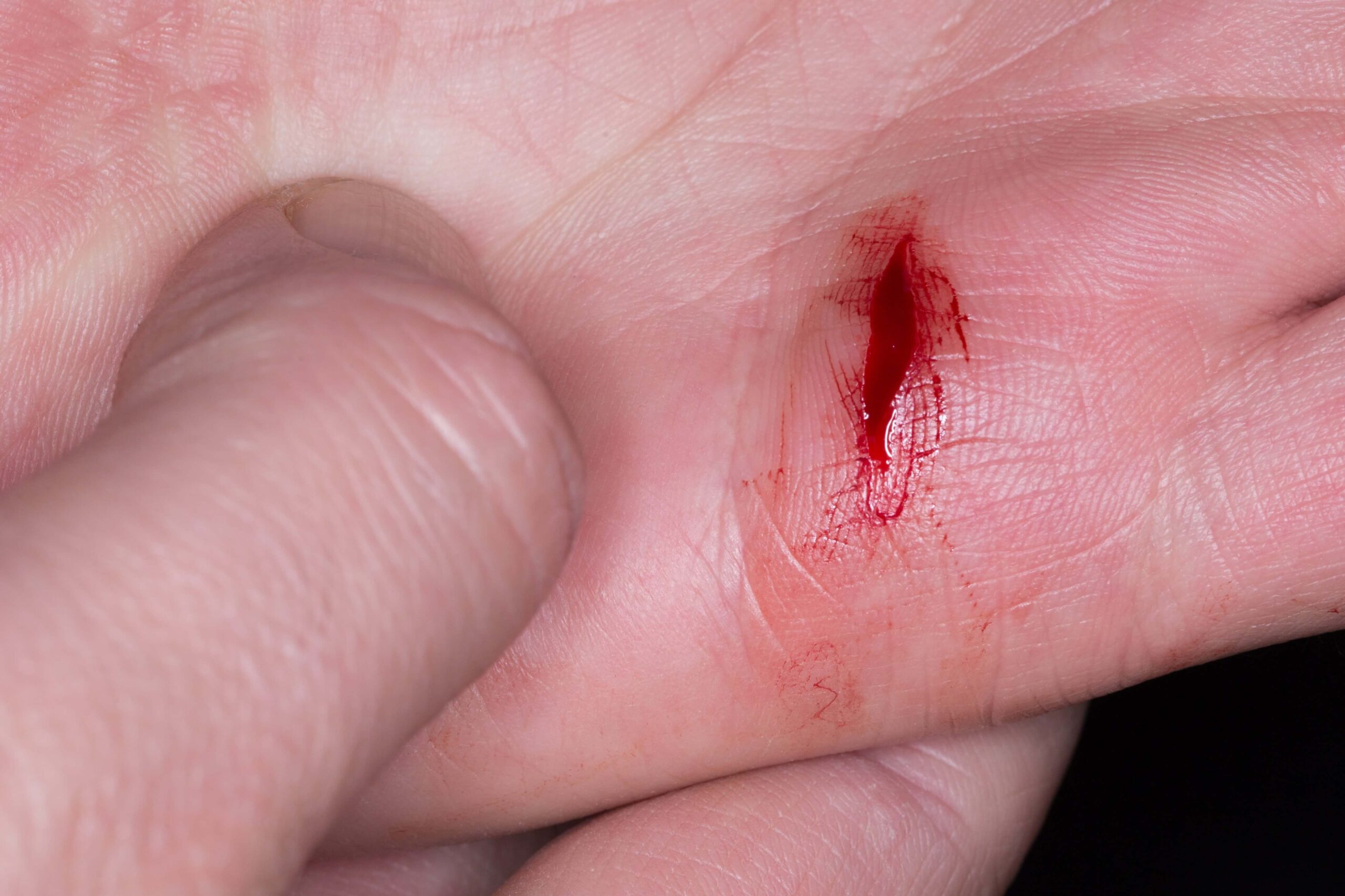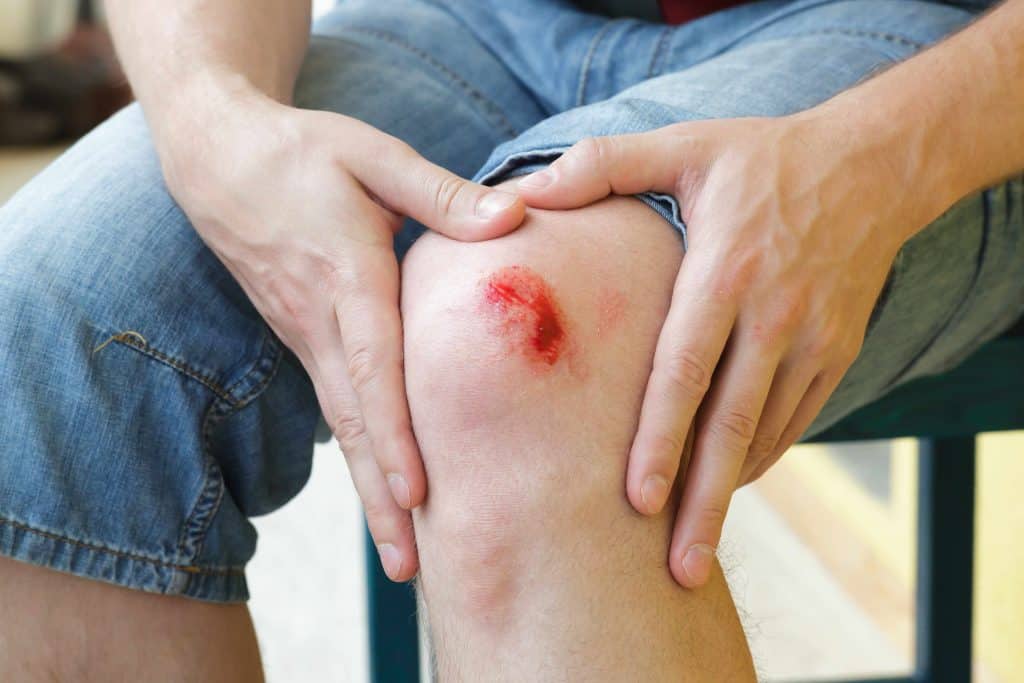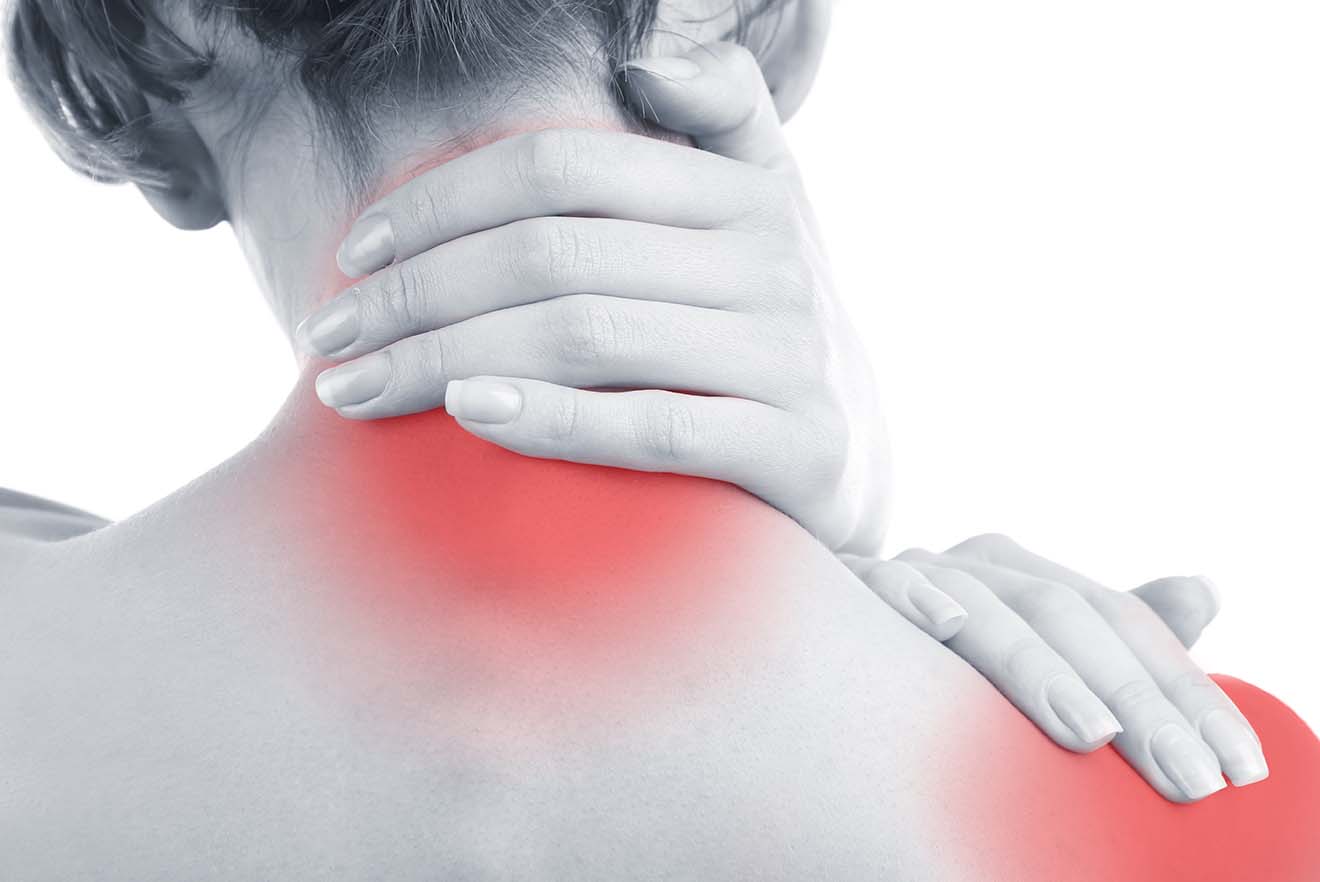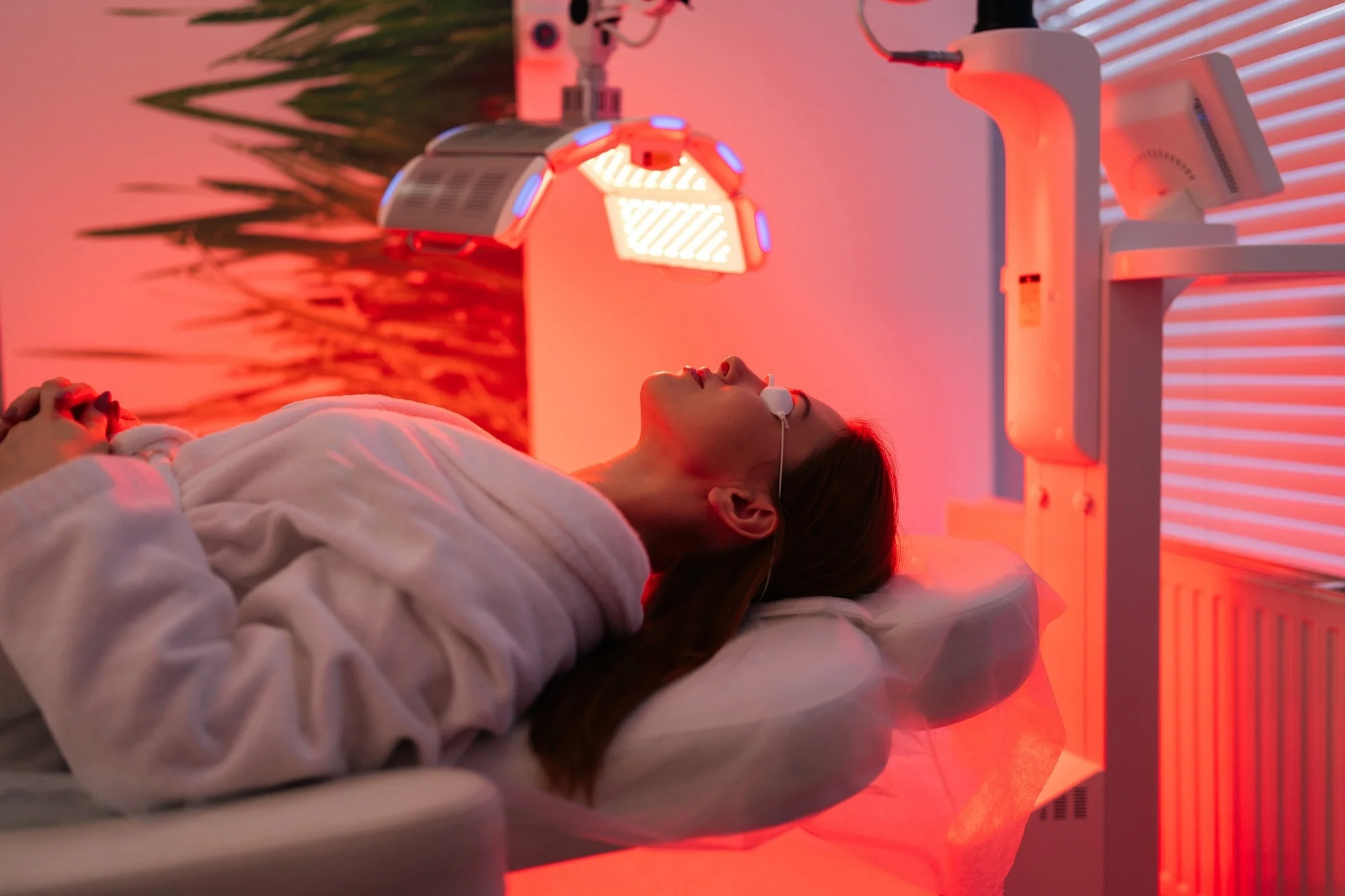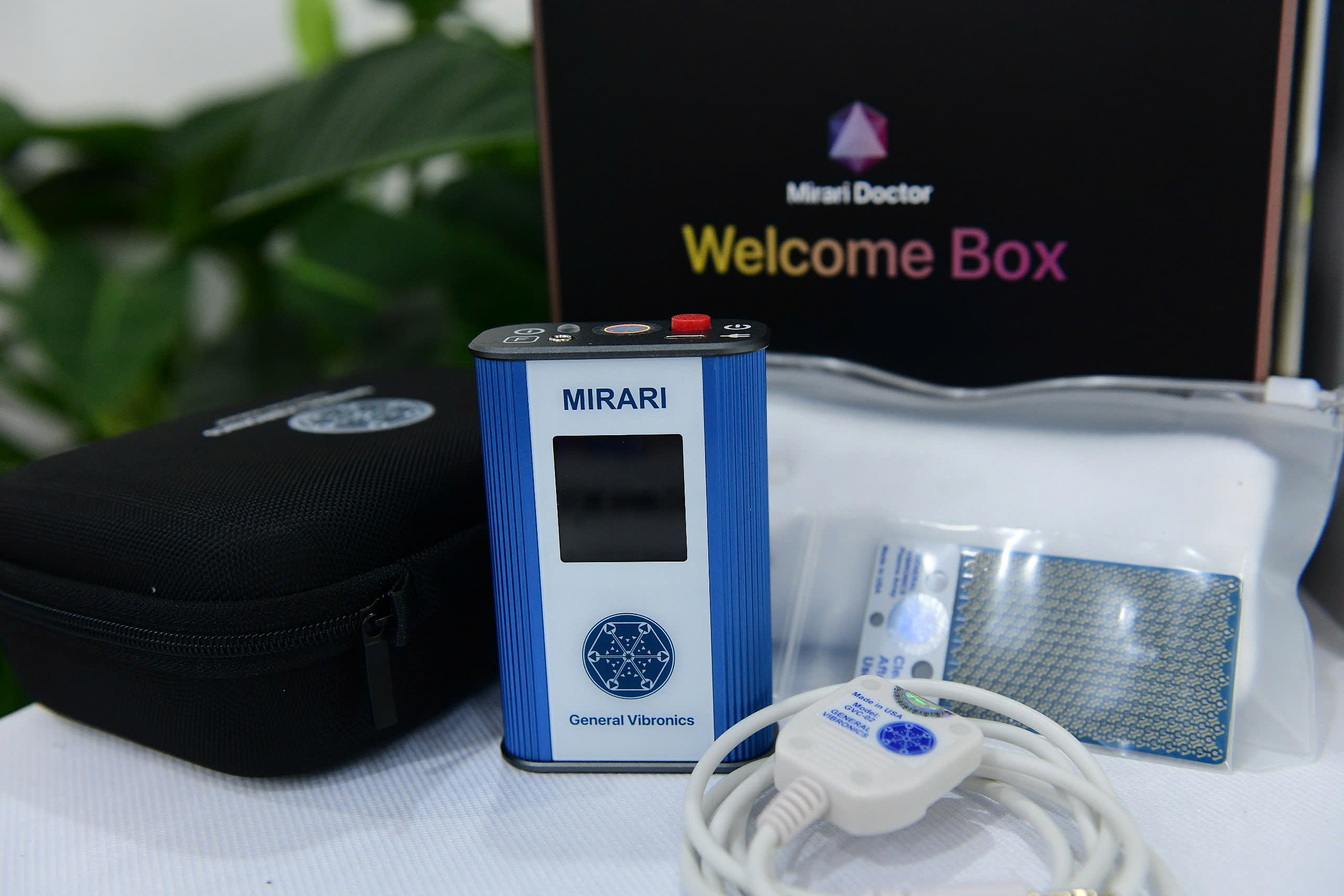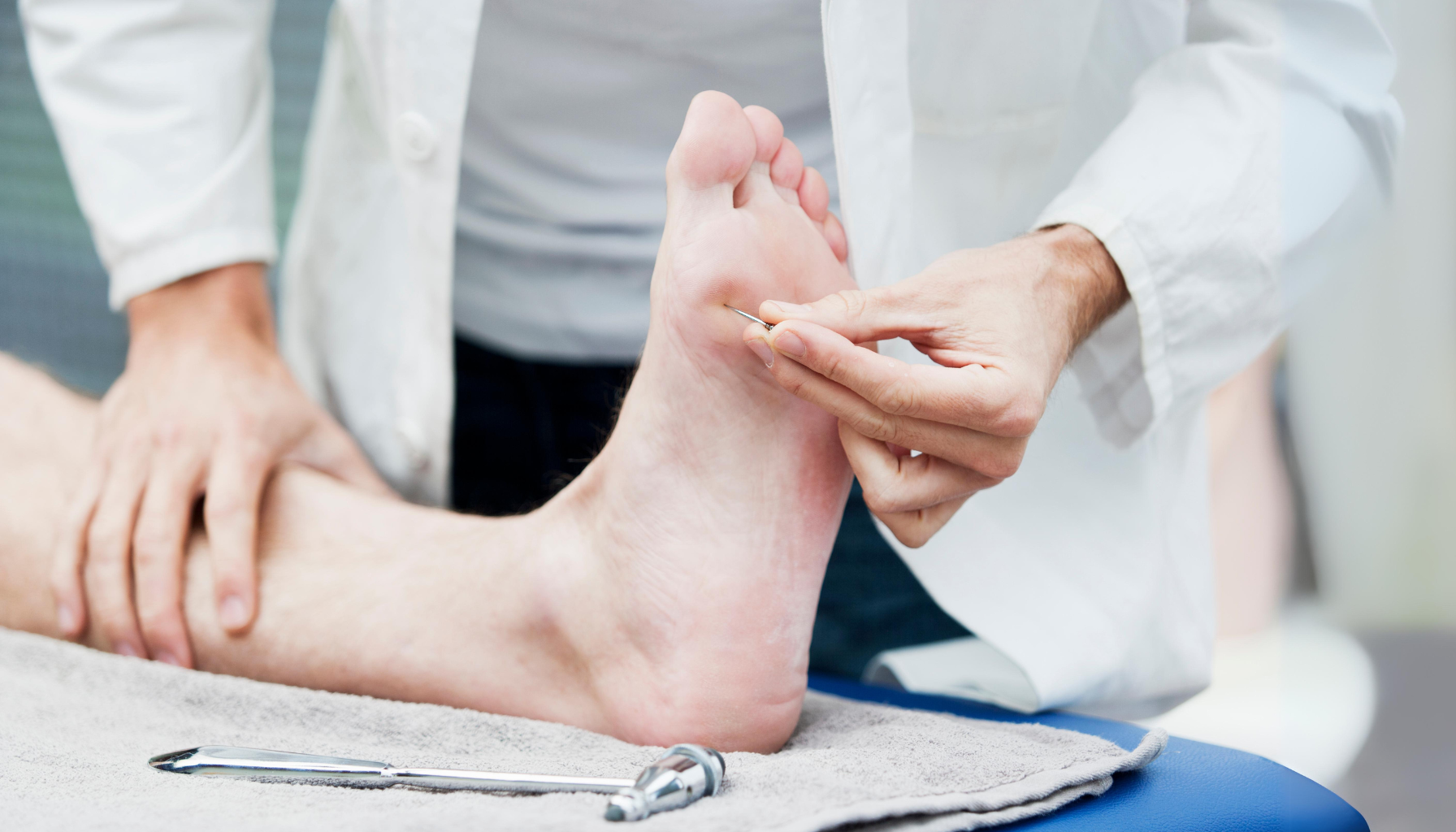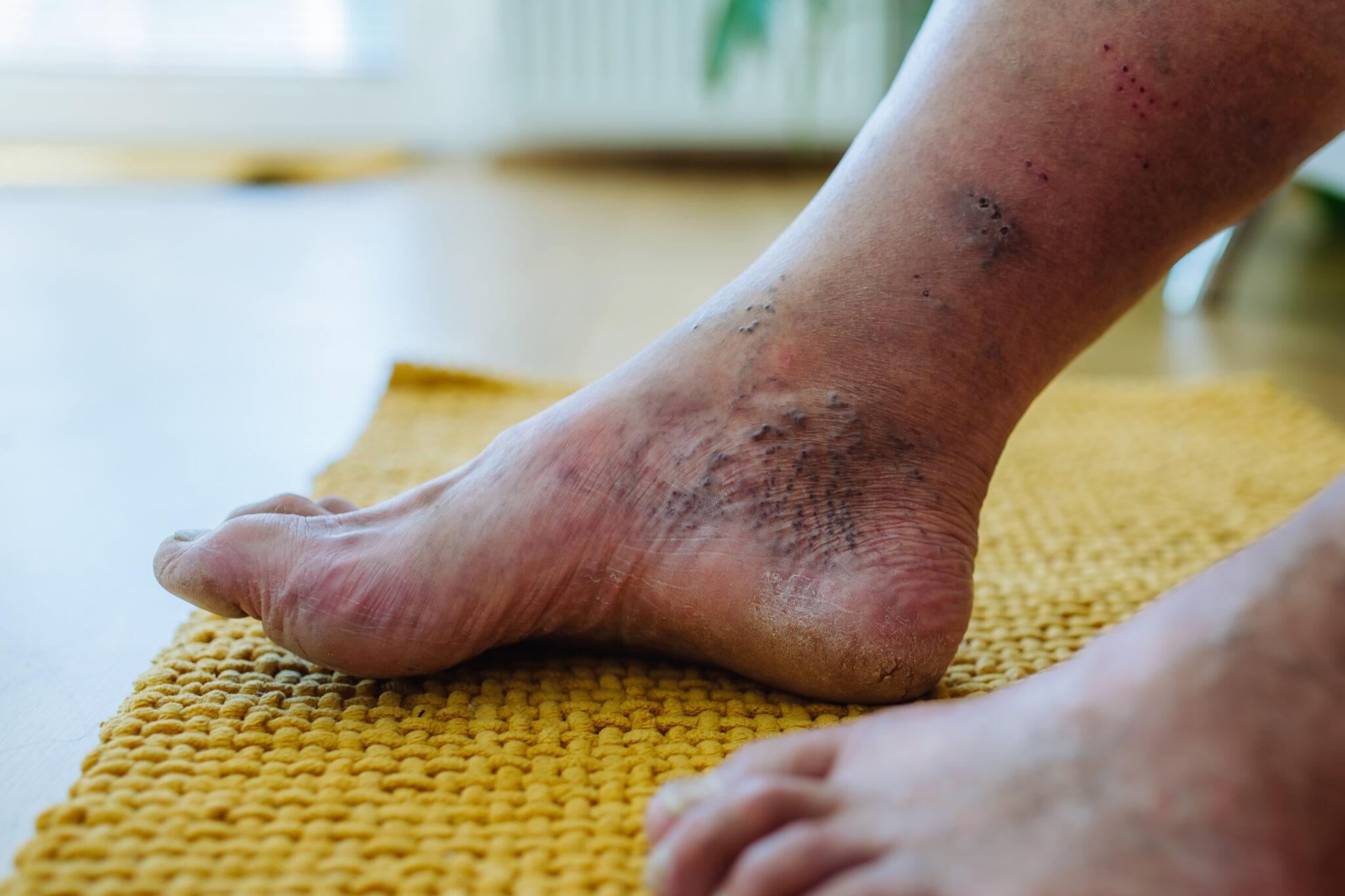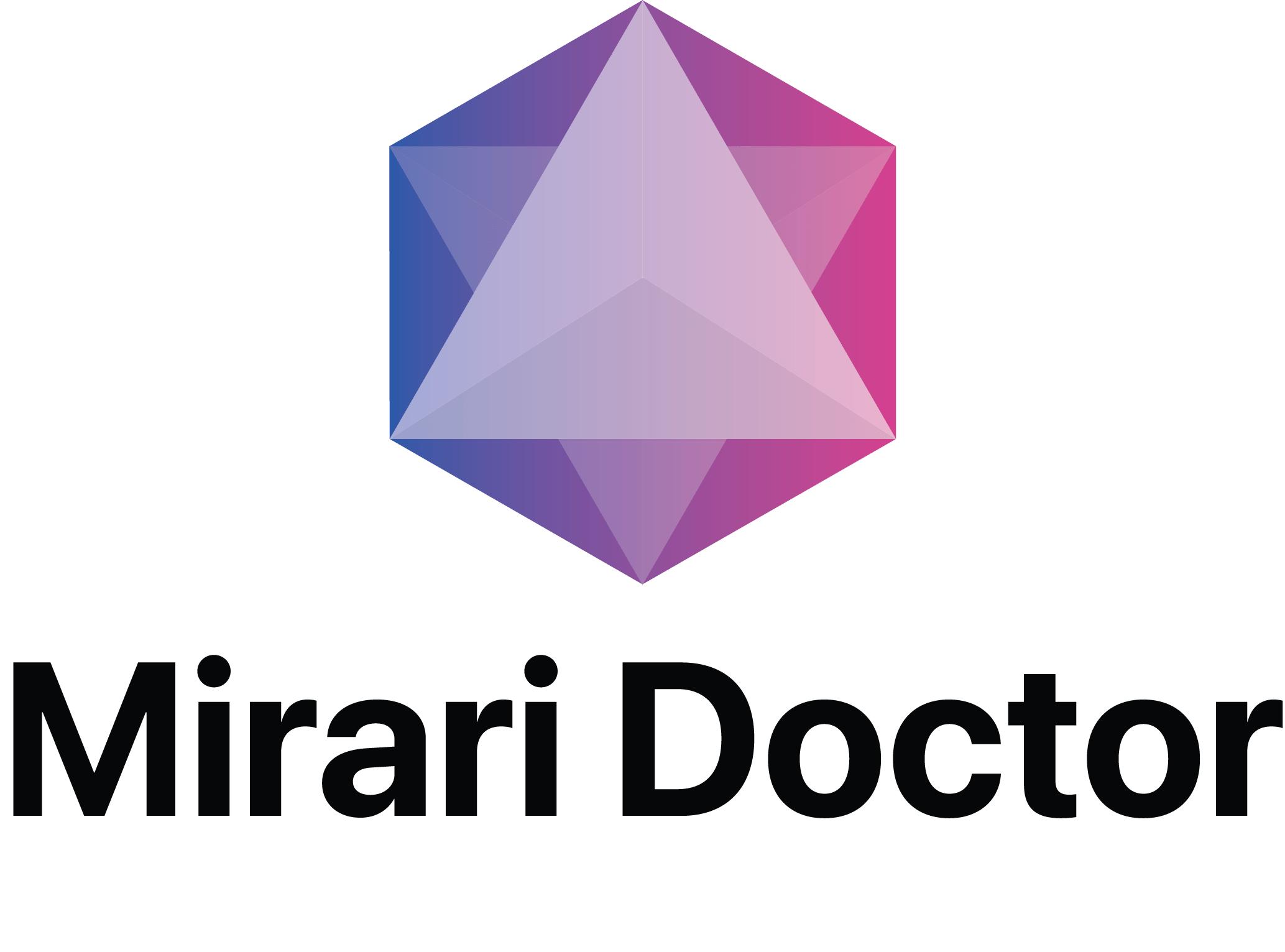You May Be Interested In:
- Is Cold Plasma Good for Wrinkles? Complete Guide to Anti-Aging Benefits and Clinical Evidence
- Cold Plasma for Face: Revolutionary Non-Invasive Skin Rejuvenation Technology
- Dermatology: Revolutionary Cold Plasma Technology Transforming Skin Care
- Cold Plasma for Skin: Revolutionary Non-Invasive Treatment for Skin Rejuvenation and Healing
- Rheumatoid Arthritis Treatment Revolution: Cold Plasma Breakthrough
Cold plasma acne treatment represents a groundbreaking advancement in dermatological care, offering patients a safe, effective alternative to traditional acne therapies. This innovative technology harnesses the power of ionized atmospheric gases to eliminate acne-causing bacteria, reduce inflammation, and promote skin healing without the harsh side effects associated with conventional treatments[1].
Unlike traditional acne treatments that often rely on aggressive chemicals or antibiotics, cold atmospheric plasma (CAP) operates at near room temperature while delivering powerful therapeutic benefits. This revolutionary approach has gained significant attention from dermatologists and patients alike, with clinical studies demonstrating remarkable success rates in treating mild to moderate acne vulgaris[2].
Understanding Cold Plasma Technology for Acne Treatment
What is Cold Atmospheric Plasma?
Cold atmospheric plasma is a partially ionized gas that contains reactive oxygen species (ROS), reactive nitrogen species (RNS), charged particles, and electromagnetic radiation. This unique fourth state of matter operates at temperatures safe for direct skin contact while maintaining the biological activity necessary for therapeutic effects[3].
The technology works by transforming ambient air into a highly charged state through electrical energy application. This process creates a plasma field that generates multiple therapeutic agents simultaneously, including antimicrobial compounds, anti-inflammatory molecules, and tissue-regenerating factors.
Scientific Mechanisms Behind Cold Plasma Acne Treatment
Cold plasma achieves its acne-fighting effects through multiple interconnected mechanisms that address the root causes of acne formation:
- Antimicrobial Action: The reactive species generated during cold plasma treatment effectively eliminate Cutibacterium acnes (formerly Propionibacterium acnes), the primary bacteria responsible for acne inflammation[4]. Studies have shown that just 2 minutes of cold plasma exposure can reduce bacterial load by up to 40% across various bacterial species.
- Anti-inflammatory Effects: Cold plasma modulates inflammatory pathways by reducing pro-inflammatory cytokines while promoting anti-inflammatory mediators. This dual action helps calm active breakouts and prevents the formation of new inflammatory lesions[5].
- Sebum Regulation: The treatment helps normalize excessive sebum production by sebaceous glands, addressing one of the fundamental causes of acne formation. This regulation prevents pore blockages that lead to comedone formation.
- Enhanced Skin Repair: Cold plasma stimulates cellular regeneration and collagen production, accelerating the healing of existing acne lesions while minimizing the risk of scarring[6].
Nitric Oxide vs Traditional Reactive Oxygen Species
One of the pioneering medical devices applying cold plasma therapy is the Mirari Cold Plasma system, developed by General Vibronics and brought to market by Mirari Doctor. It utilizes nitric oxide (NO) instead of traditional ROS-based systems to promote safe, non-thermal healing[7].
This innovative approach offers several advantages:
- Enhanced biocompatibility through NO-mediated pathways
- Reduced oxidative stress compared to ROS-based systems
- Improved tissue healing through vasodilation effects
- Better patient tolerance and minimal side effects
Clinical Evidence and Treatment Efficacy
Randomized Controlled Trial Results
A comprehensive randomized controlled double-blind pilot study involving 40 participants demonstrated the significant efficacy of cold plasma acne treatment[8]. The study compared cold plasma therapy combined with adapalene cream against placebo treatment over a 6-week treatment period with 4-week follow-up.
Key findings included:
- Total Inflammatory Lesion Count (TILC): The treatment group showed greater reduction from baseline (45.8 to 22.1) compared to control group (49.4 to 38.6)
- Investigator Global Assessment (IGA): Significant improvement in treatment group (2.3 to 1.3) versus control (2.6 to 2.3)
- Bacterial Colonization: Reduced Cutibacterium acnes levels in treated patients
- Quality of Life: Improved acne-specific quality of life scores
Split-Face Clinical Studies
Split-face studies have provided compelling evidence for cold plasma efficacy, with patients serving as their own controls. These studies consistently demonstrate significant reductions in acne lesions on treated sides compared to untreated areas[9].
Technical Specifications and Treatment Parameters
| Parameter | Specification | Clinical Application |
|---|---|---|
| Operating Temperature | 35-40°C | Safe for direct skin contact |
| Treatment Duration | 10-15 minutes per session | Optimal therapeutic exposure |
| Frequency Range | 50 Hz – 100 kHz | Determines penetration depth |
| Power Output | 2-12W | Controls treatment intensity |
| Reactive Species | ROS, RNS, NO | Primary therapeutic agents |
| UV Emission | Primarily UV-A (310-470 nm) | Minimal harmful radiation |
Clinical Benefits and Treatment Outcomes
| Application Area | Session Duration | Treatment Frequency | Reported Outcomes |
|---|---|---|---|
| Mild Acne | 10-15 minutes | 2-3 times weekly | 60-80% reduction in lesions |
| Moderate Acne | 15-20 minutes | 3-4 times weekly | 50-70% improvement in inflammation |
| Acne Scarring | 20-30 minutes | Weekly for 8-12 sessions | Improved texture and appearance |
| Post-Inflammatory Hyperpigmentation | 15-25 minutes | Bi-weekly maintenance | Reduced discoloration |
| Sebum Control | 10-20 minutes | As needed | Normalized oil production |
| Bacterial Reduction | 5-10 minutes | Daily during active treatment | 99.9% pathogen elimination |
Safety Profile and Side Effects
Is Cold Plasma Safe for Acne-Prone Skin?
Cold plasma acne treatment has demonstrated an excellent safety profile across multiple clinical studies. Research shows that treatments are well-tolerated with minimal adverse effects, making them suitable for sensitive and acne-prone skin types[10].
The treatment operates at body-safe temperatures and doesn’t cause thermal damage to healthy tissue. Unlike harsh chemical treatments or aggressive laser therapies, cold plasma works gently with the skin’s natural healing processes.
Common Side Effects and Management
While cold plasma therapy is generally safe, some patients may experience mild, transient side effects:
- Mild Skin Irritation: Temporary redness or tenderness similar to a mild sunburn, typically resolving within hours[11].
- Transient Discomfort: Brief tingling or warm sensation during treatment, which most patients find tolerable.
- Temporary Dryness: Minor reduction in skin moisture that resolves quickly with proper post-treatment care.
Clinical studies involving acne patients showed that adverse effects were mild and significantly reduced after treatment, with only 0.3% of patients reporting persistent symptoms[12].
Contraindications and Precautions
While cold plasma is safe for most patients, certain conditions require careful consideration:
- Pregnancy and breastfeeding
- Active skin infections in untreated areas
- History of keloid scarring
- Photosensitivity disorders
- Concurrent use of photosensitizing medications
How Cold Plasma Compares to Traditional Acne Treatments
Advantages Over Conventional Therapies
Cold plasma acne treatment offers several distinct advantages over traditional approaches:
- Antibiotic Resistance Prevention: Unlike topical or oral antibiotics, cold plasma doesn’t contribute to bacterial resistance development, making it a sustainable long-term treatment option[13].
- Minimal Side Effects: Compared to isotretinoin (Accutane) or benzoyl peroxide, cold plasma produces fewer adverse reactions and doesn’t cause skin dryness or irritation.
- Non-Invasive Nature: Unlike chemical peels or laser treatments, cold plasma doesn’t remove skin layers or require significant downtime.
- Suitable for All Skin Types: The treatment is safe for all Fitzpatrick skin types and doesn’t cause pigmentation changes common with other therapies.
Clinical Comparison Studies
Research comparing cold plasma to conventional acne treatments shows comparable or superior efficacy with improved safety profiles. Studies demonstrate that cold plasma can achieve similar acne reduction results with less discomfort and better patient tolerance than traditional therapies[14].
Advanced Cold Plasma Technologies and Innovations
Mirari Cold Plasma System Features
The Mirari Cold Plasma device, available through miraridoctor.com, represents a significant advancement in cold plasma technology for acne treatment. This system incorporates several innovative features that enhance treatment efficacy and patient safety:
- Nitric oxide-based plasma generationfor enhanced biocompatibility
- Dual modality operationwith capacitive and resistive treatment modes
- Precise temperature controlto maintain optimal therapeutic conditions
- Portable handheld designfor convenient clinical and home use
The device’s unique approach to generating therapeutic plasma through nitric oxide pathways offers superior results compared to traditional reactive oxygen species-based systems.
Treatment Protocol Optimization
Modern cold plasma devices allow for customized treatment protocols based on individual patient needs:
- Mild Acne Protocol: 2-3 sessions per week for 2-4 weeks
- Moderate Acne Protocol: 3-4 sessions per week for 4-6 weeks
- Severe Acne Protocol: 4-5 sessions per week for 6-8 weeks
Treatment parameters can be adjusted based on skin sensitivity, acne severity, and patient response to optimize outcomes while minimizing side effects.
Patient Care Guidelines and Best Practices
Pre-Treatment Preparation
Optimal results from cold plasma acne treatment require proper preparation:
- Skin Cleansing: Remove all makeup, oils, and topical products before treatment
- Medical History Review: Discuss any skin sensitivities, medications, or previous treatments
- Expectation Setting: Understand realistic treatment goals and timeline
- Patch Testing: Consider testing on a small area for sensitive patients
Post-Treatment Care Recommendations
Following cold plasma treatment, patients should:
- Apply gentle, non-comedogenic moisturizers
- Use broad-spectrum sunscreen daily (SPF 30 or higher)
- Avoid harsh skincare products for 24-48 hours
- Maintain consistent skincare routine
- Follow up as recommended by healthcare provider
Combination Therapy Approaches
Cold plasma can be effectively combined with other acne treatments:
- Topical Retinoids: Enhanced penetration and efficacy when used after plasma treatment
- Salicylic Acid: Improved exfoliation and pore clearing
- Niacinamide: Enhanced anti-inflammatory effects
- LED Light Therapy: Synergistic antimicrobial and healing benefits
Frequently Asked Questions About Cold Plasma Acne Treatment
What should I expect during my first cold plasma acne treatment?
Most patients describe cold plasma treatment as comfortable with minimal sensation. You may feel a slight tingling or warmth during the procedure, but it should not be painful. The treatment typically lasts 10-20 minutes depending on the treatment area. You can return to normal activities immediately afterward, though some patients notice immediate improvements in skin texture and reduced inflammation.
How long does it take to see results from cold plasma acne therapy?
Results vary depending on acne severity and individual skin characteristics. For mild acne, improvements may be visible within 24-48 hours as inflammation reduces. Moderate acne typically shows significant improvement after 2-3 weeks of regular treatment. Severe acne may require 6-8 weeks of consistent therapy to achieve optimal results. Many patients report continued improvement for weeks after completing their treatment course.
Can cold plasma be used on sensitive or acne-prone skin?
Yes, cold plasma is particularly well-suited for sensitive and acne-prone skin due to its non-thermal nature and gentle energy delivery. The treatment operates at body temperature and doesn’t cause the irritation associated with chemical treatments or aggressive therapies. However, individuals with extremely sensitive skin should discuss their concerns with their healthcare provider and may benefit from starting with lower intensity settings.
How does cold plasma acne treatment compare to other acne therapies?
Cold plasma offers unique advantages over traditional treatments. Unlike antibiotics, it doesn’t contribute to bacterial resistance. Compared to isotretinoin, it has fewer systemic side effects. Unlike chemical peels or laser treatments, it doesn’t cause significant downtime or skin damage. The treatment provides multiple benefits simultaneously—antimicrobial action, anti-inflammatory effects, and skin healing—while being suitable for all skin types and requiring minimal recovery time.
Are there any long-term effects or risks from cold plasma acne treatments?
Current research indicates no significant long-term adverse effects from properly administered cold plasma therapy. Long-term studies have shown the treatment to be safe with minimal side effects. The therapy works with the body’s natural healing processes without introducing foreign substances or causing permanent tissue changes. However, as with any medical treatment, it’s important to work with qualified healthcare providers and follow recommended treatment protocols.
Conclusion
Cold plasma acne treatment represents a revolutionary advancement in dermatological care, offering patients a safe, effective, and well-tolerated alternative to traditional acne therapies. The technology’s unique ability to simultaneously target multiple aspects of acne pathogenesis—bacterial infection, inflammation, sebum production, and tissue healing—makes it an invaluable tool for comprehensive acne management.
Clinical evidence consistently demonstrates significant improvements in acne lesions, reduced inflammation, and enhanced skin healing with minimal side effects. The excellent safety profile makes cold plasma suitable for patients who cannot tolerate conventional treatments or those seeking a gentler approach to acne care.
As research continues to expand our understanding of cold plasma mechanisms and optimal treatment protocols, this innovative therapy is positioned to play an increasingly important role in modern acne management. For patients seeking effective, science-based acne treatment with minimal downtime and excellent tolerability, cold plasma therapy offers a promising solution for achieving clearer, healthier skin.
Medical Disclaimer: This information is for educational purposes only and should not replace professional medical advice. Always consult with qualified dermatologists or healthcare providers before starting any new acne treatment regimen.
References
- Braný, D., et al. (2020). Cold Atmospheric Plasma: A Powerful Tool for Modern Medicine. International Journal of Molecular Sciences, 21(8), 2932.
- Dermatology Times. (2025). Revolutionizing Acne Treatments and Skin Care with Cold Plasma Technology.//www.dermatologytimes.com/view/revolutionizing-acne-treatments-and-skin-care-with-cold-plasma-technology
- PMC. (2022). Plasma Dermatology: Skin Therapy Using Cold Atmospheric Plasma.//pmc.ncbi.nlm.nih.gov/articles/PMC9314643/
- Wiley Online Library. (2025). Therapeutic Use of Cold Atmospheric Plasma for the Treatment of Mild Acne Papulopustulosa.//onlinelibrary.wiley.com/doi/abs/10.1155/dth/4228323
- German Clinical Trials Register. (2025). The therapeutic use of cold atmospheric plasma for treatment of light acne papulopustulosa.//drks.de/search/en/trial/DRKS00032416
- Saluja Laser. (2025). Cold Atmospheric Plasma (CAP) Facials for Acne and More.//www.salujalaser.com/post/cold-atmospheric-plasma-cap-facials-for-acne-and-more
- Mirari Doctor. (2025). Cold Plasma Acne Treatment: Safe \& Effective Solution./cold-plasma-acne-treatment/
- MDPI. (2021). A Prospective, Randomised, Controlled, Split-Face Clinical Trial.//www.mdpi.com/2076-3417/11/23/11181
- Dr Kate Aesthetics. (2025). Cold Plasma Treatment.//drkateaesthetics.co.uk/treatments/cold-plasma-treatment/
- Mirari Doctor. (2024). Cold Plasma Treatment Side Effects: What You Need to Know./cold-plasma-treatment-side-effects/
- Dr Nicole Dermatology. (2025). Dr Platon Cold Plasma Therapy.//www.drnicoledermatology.co.uk/drplaton-cold-plasma/
- Vietnam Medical Journal. (2023). Investigating Adverse Effects of Cold Plasma in Burns Treatment.//tapchiyhocvietnam.vn/index.php/vmj/article/view/5055
- Fabulash Brows. (2024). Transform your skin: Cold Plasma Therapy for Acne and Scar Transformation.//www.fabulashbrows.co.nz/single-post/transform-your-skin-cold-plasma-therapy-for-acne-and-scar-transformation
- North County Skin. (2025). Unlocking the Power of Cold Plasma in Skincare.//northcountyskin.com/blogs/news/unlocking-the-power-of-cold-plasma-in-skincare-1
Related articles
Made in USA
